Your cart is currently empty!
Tag: CannabisScience
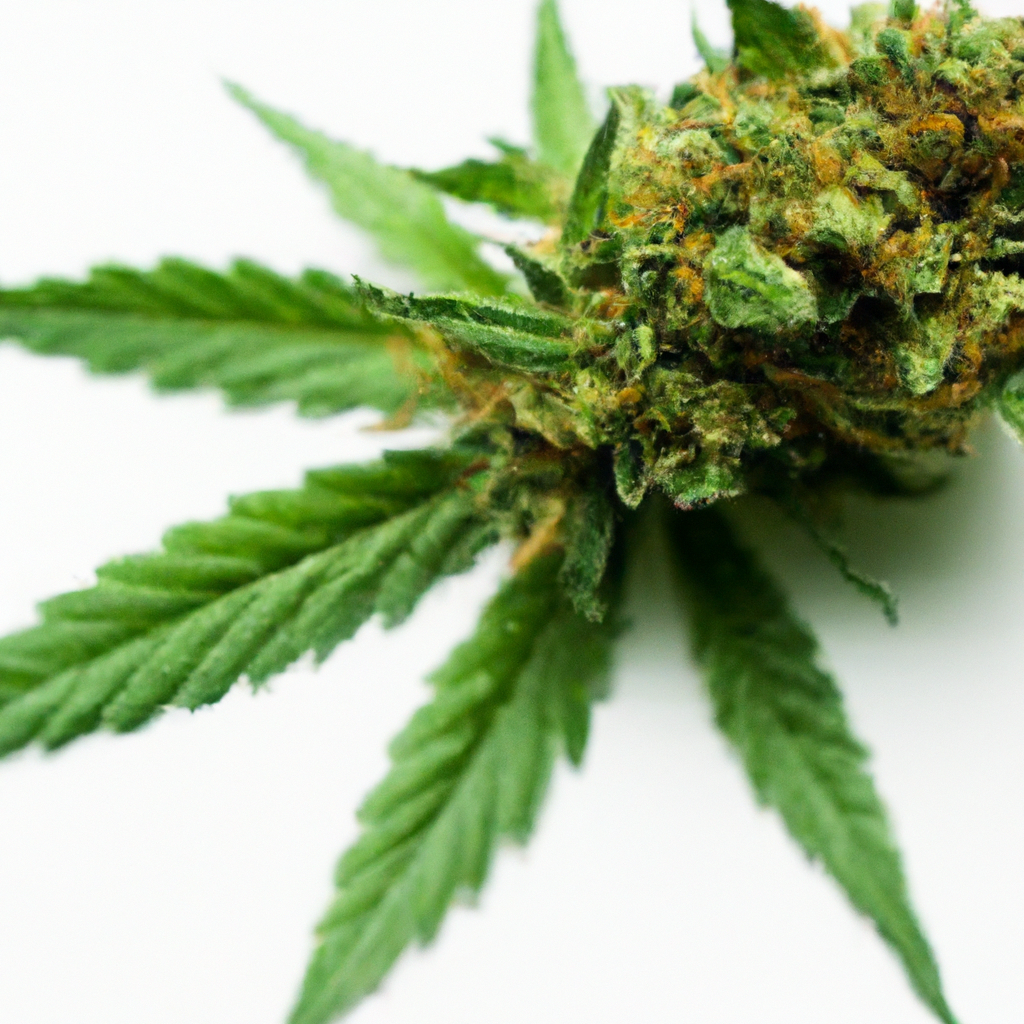
Cannabinoids are key compounds in cannabis, interacting with the body’s endocannabinoid system to influence health and wellness. THC and CBD are the most well-known cannabinoids, with THC being psychoactive and CBD noted for therapeutic benefits. Other cannabinoids like CBG and CBN also contribute unique effects. Scientific research is continuously unveiling their potential in areas such…
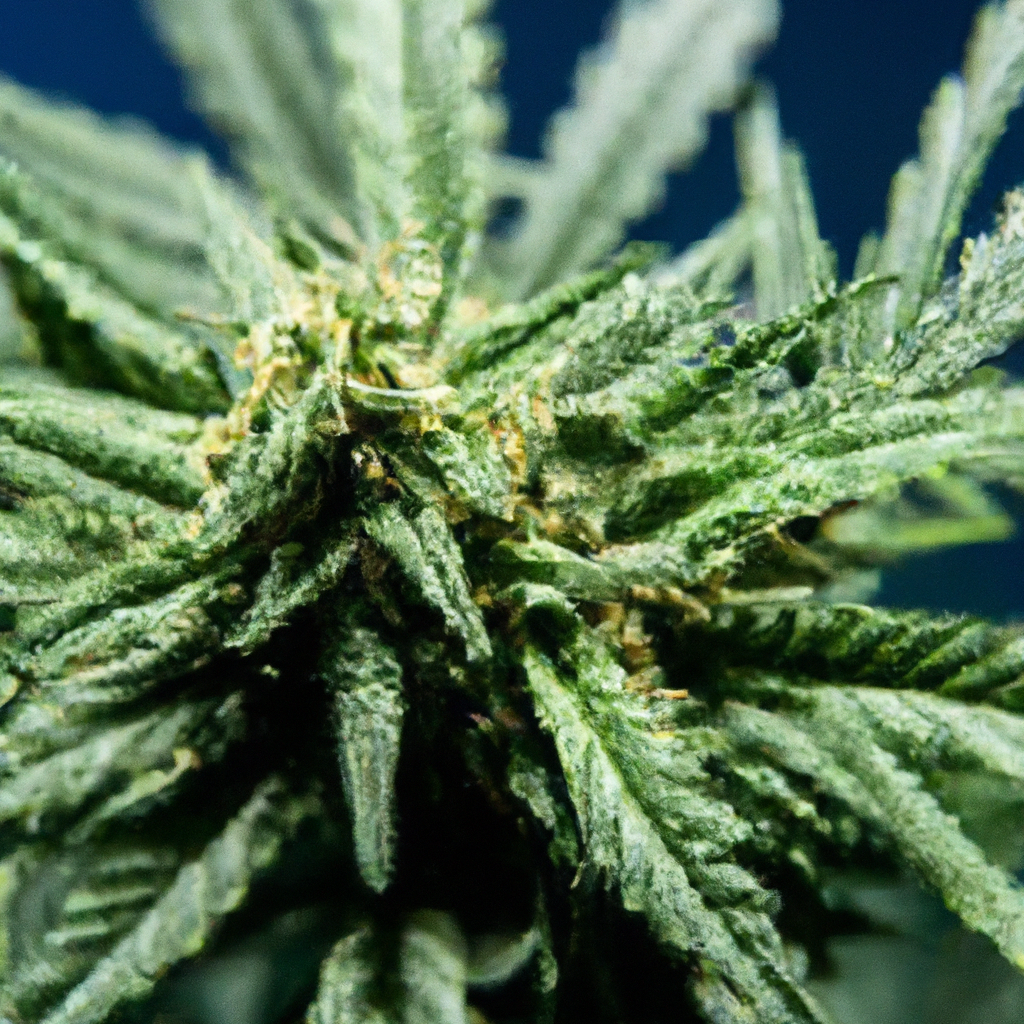
As medical research expands, cannabis is gaining attention for its potential benefits in neural health. Cannabinoids like CBD and THC have shown neuroprotective properties, interacting with the brain’s endocannabinoid system to reduce oxidative stress and inflammation, key factors in neurodegenerative diseases. Studies also suggest that cannabis can enhance neuroplasticity, important for conditions like PTSD and…
The preservation of cannabis is essential for maintaining its potency and flavor. Key to this is protecting it from degradation due to light, air, and improper humidity. Effective storage strategies include using airtight glass containers, employing humidity packs, and keeping cannabis in the dark. Common mistakes such as using plastic bags, refrigerating, and excessive handling…
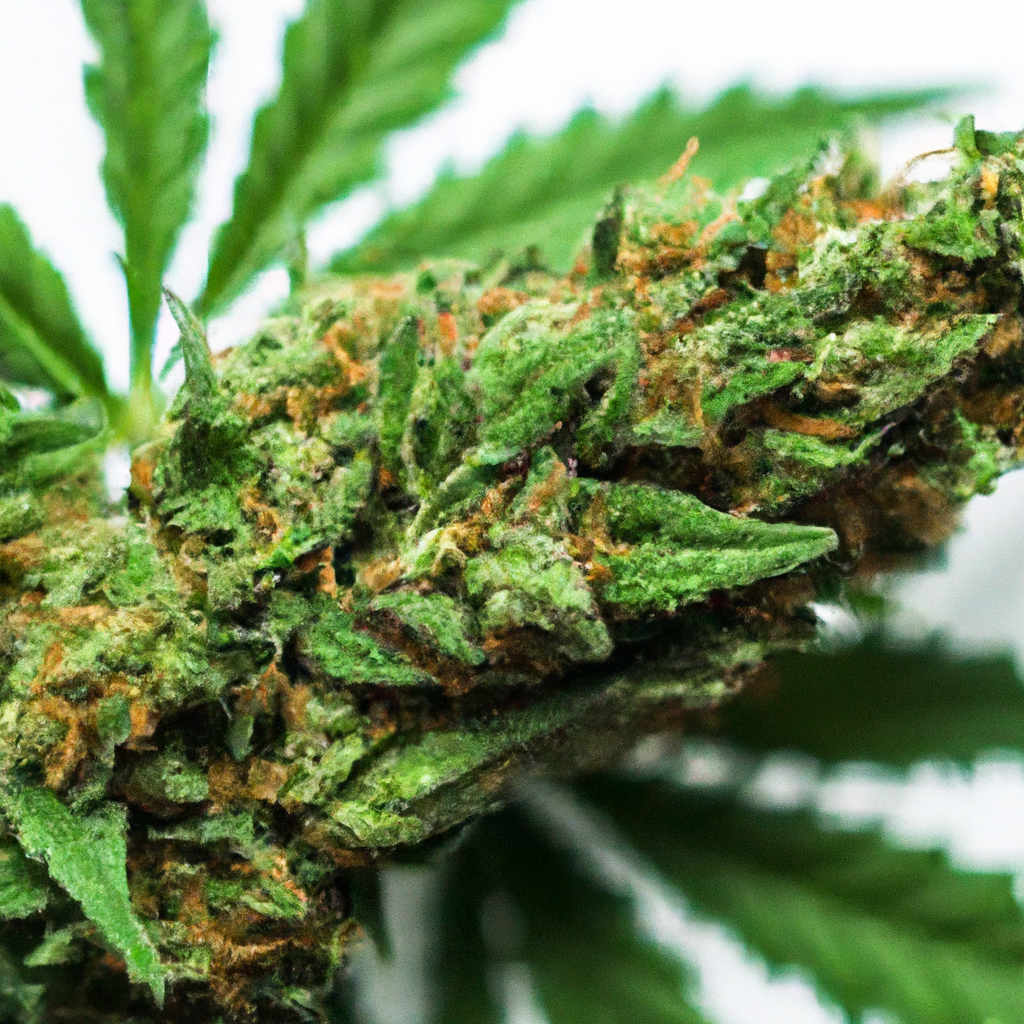
Cannabis potency is crucial for tailoring user experiences, influenced by THC levels. The concentration of THC determines the psychoactive effects, with genetics, growing conditions, and harvesting techniques playing vital roles. THC potency varies from low (under 10%) for mild effects, medium (10%-20%) for moderate use, to high (over 20%) for strong effects appealing to experienced…
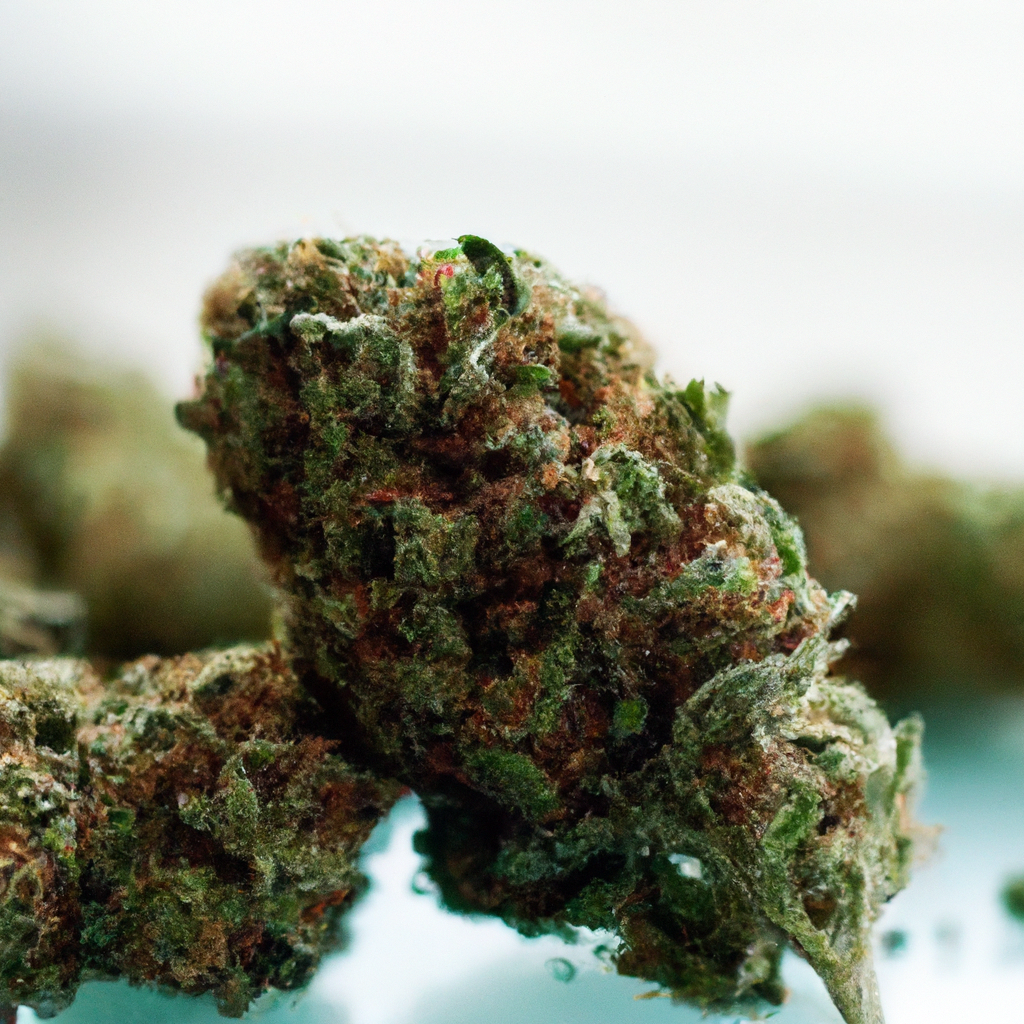
Cannabis is widely known for its major compounds, THC and CBD, but flavonoids also present significant potential health benefits. These phytonutrients, responsible for the plant’s aroma and color, offer antioxidant, anti-inflammatory, and neuroprotective properties. As pivotal contributors to the “entourage effect,” flavonoids may enhance therapeutic outcomes when combined with other cannabis compounds. Research into flavonoids…
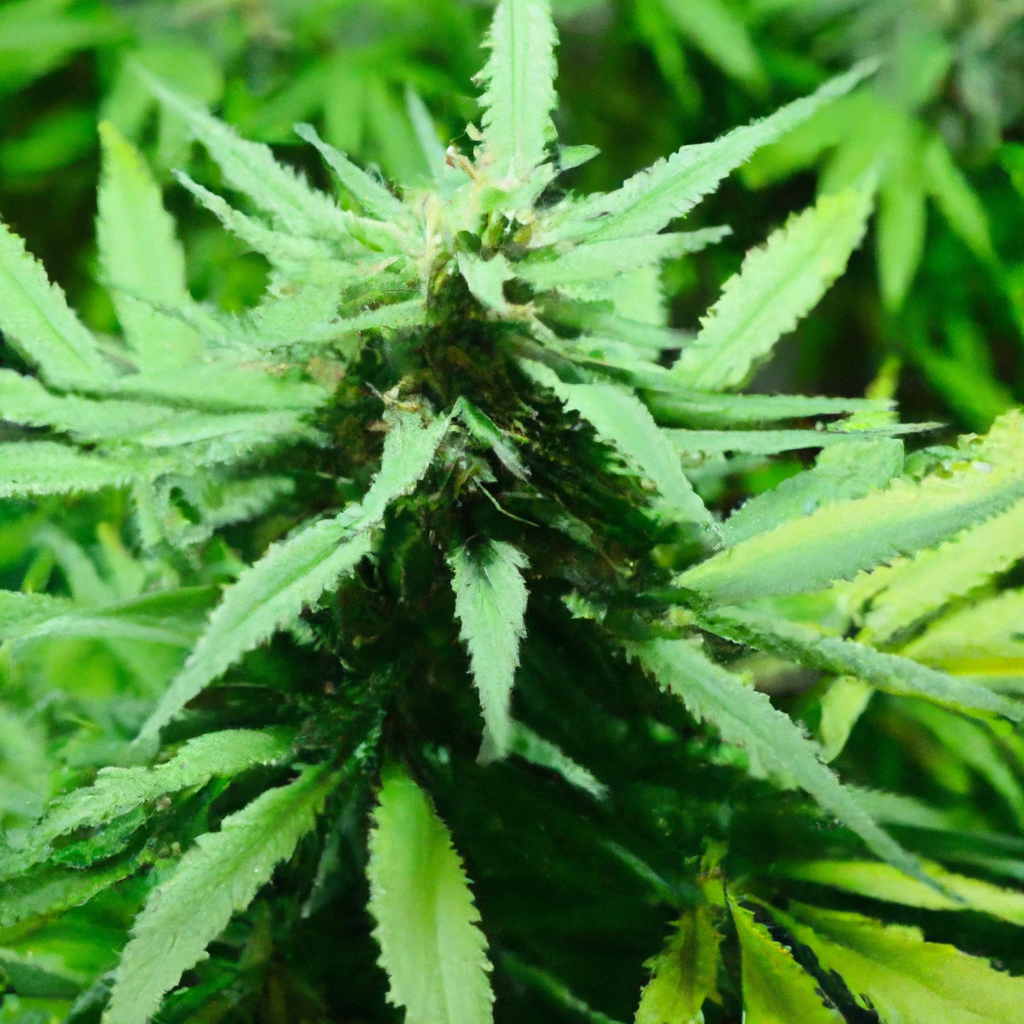
As cannabis becomes more accepted, understanding its cultivation is increasingly valuable. This article delves into key cultivation aspects, from lighting, watering, and climate control to advanced growing techniques like Low-Stress Training and hydroponics. It highlights the importance of sustainability through organic growing and eco-friendly pest control. By mastering these elements, growers can achieve high yields…
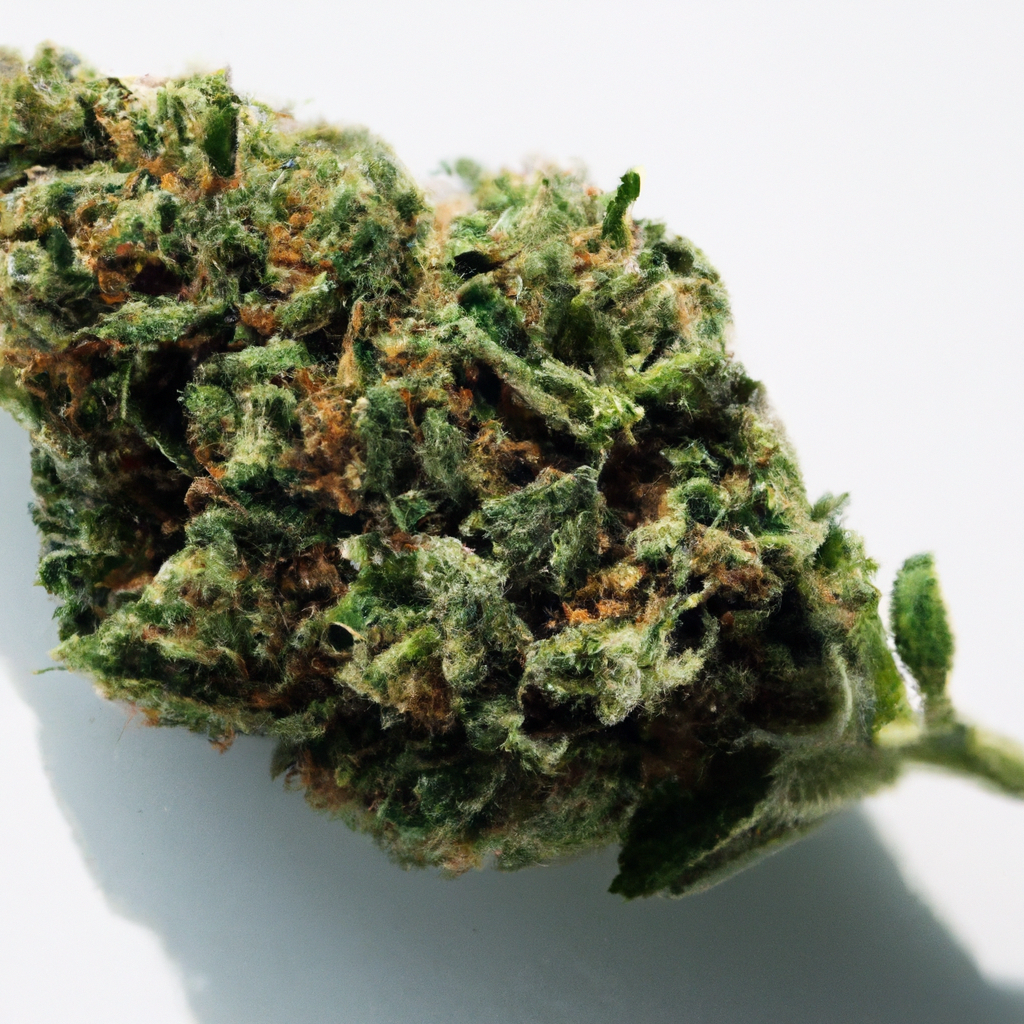
Cannabis has garnered interest for its potential mental health benefits, linked to its active compounds, THC and CBD, which interact with the endocannabinoid system to regulate mood and stress. While THC may alleviate stress and anxiety, CBD is favored for its non-psychoactive calming effects on anxiety, depression, and sleep disorders. Studies indicate promising applications for…
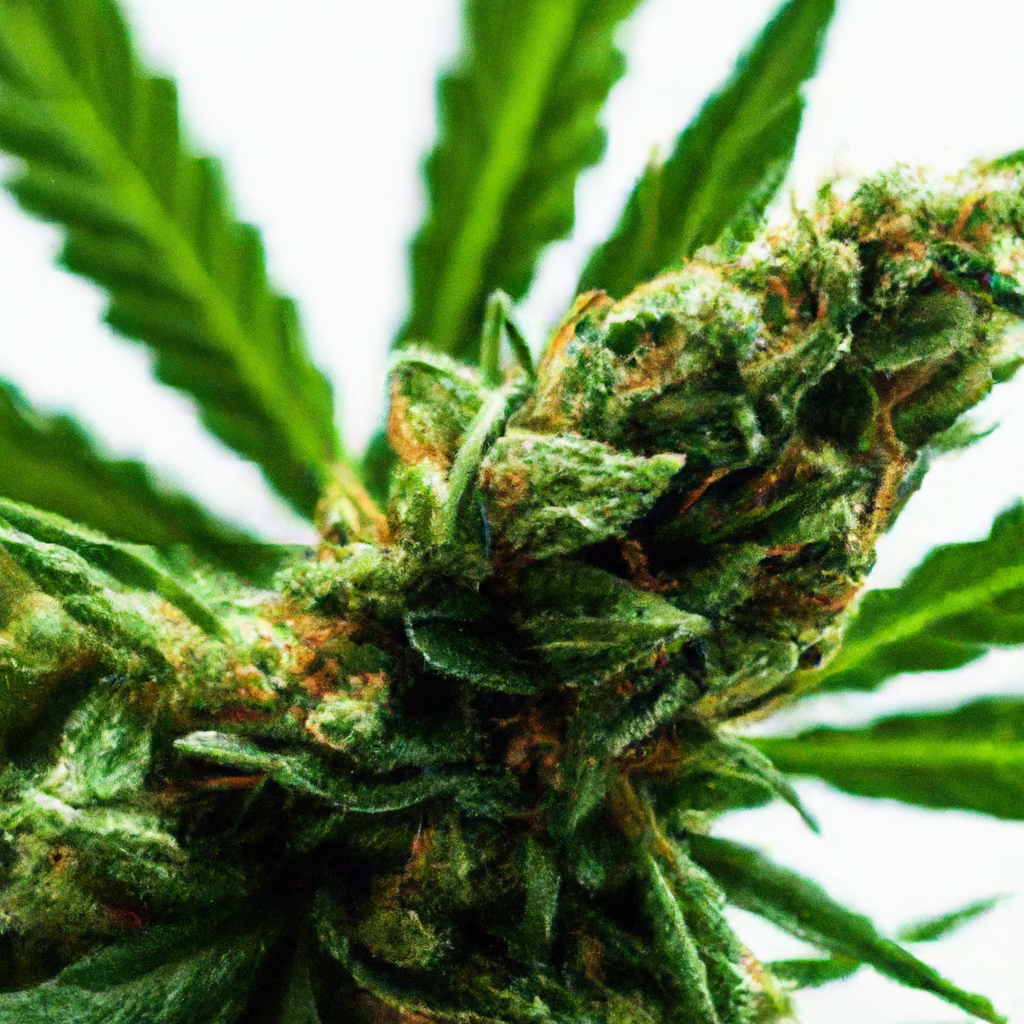
The global beauty industry is increasingly incorporating cannabis and its derivatives, such as CBD and hemp seed oil, into skincare products, driven by consumer demand for natural ingredients. Renowned for anti-inflammatory, antioxidant, and moisturizing benefits, cannabis-infused products are aimed at improving skin conditions like acne and eczema while nourishing the skin. Although scientific research supporting…
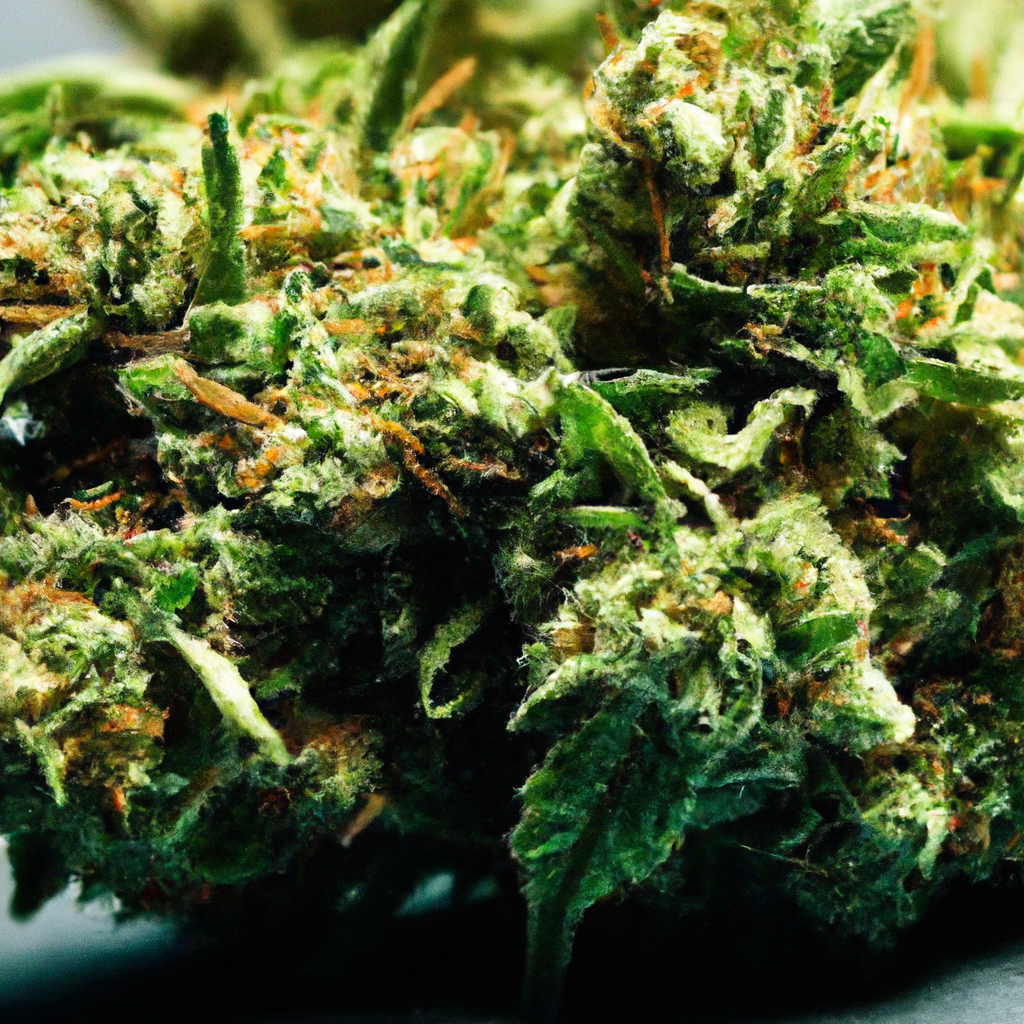
As cannabis legalization advances worldwide, the development of testing standards is crucial for ensuring product safety and quality. These standards play a vital role by assessing safety through contaminant screenings, measuring potency to guide consumer choices, and fostering transparency to build trust. However, challenges such as lack of standardization, technological limitations, and regulatory hurdles persist…
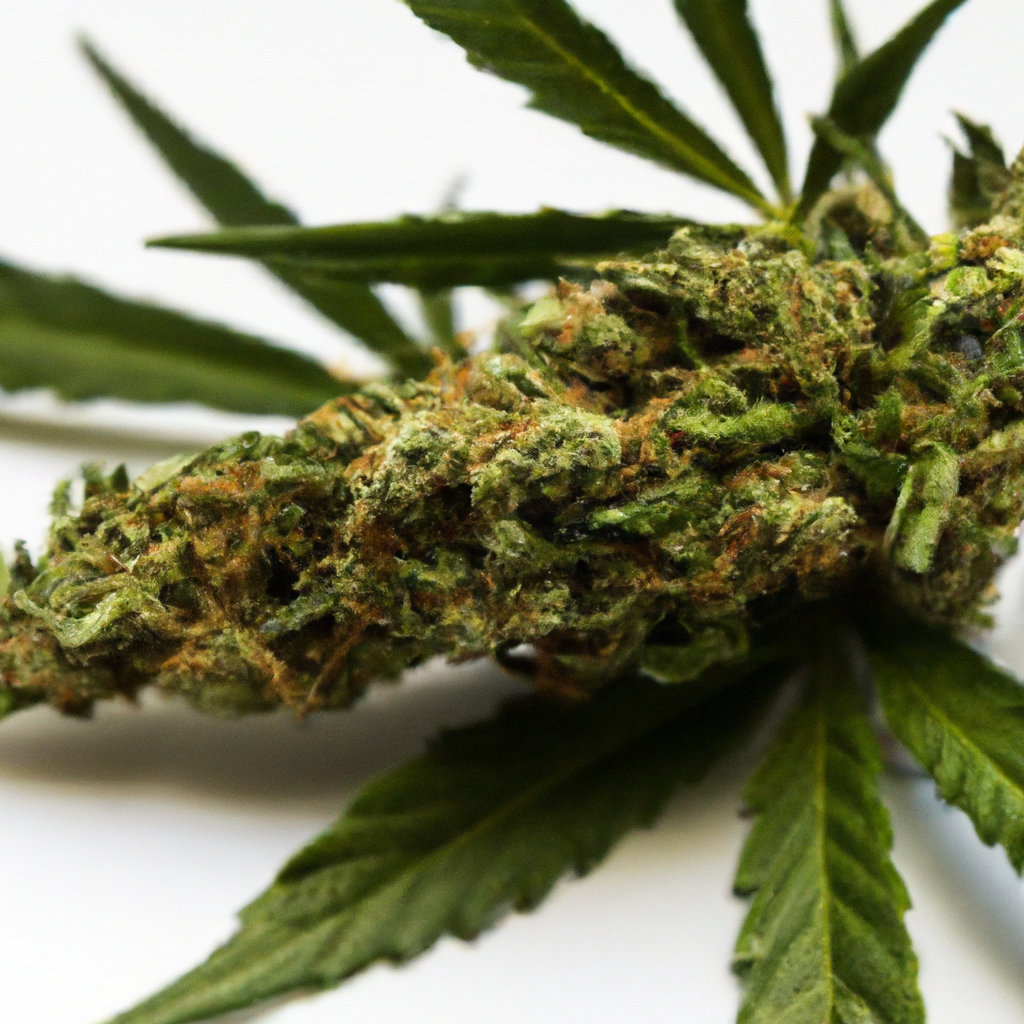
Cannabis is gaining recognition in modern medicine for its therapeutic potential, rooted in a history of traditional healing. Known cannabinoids such as THC and CBD interact with the body’s endocannabinoid system to regulate mood, appetite, and pain. Research highlights cannabis’s efficacy in pain management, anxiety relief, and reducing inflammation, with potential benefits for neurological disorders…
